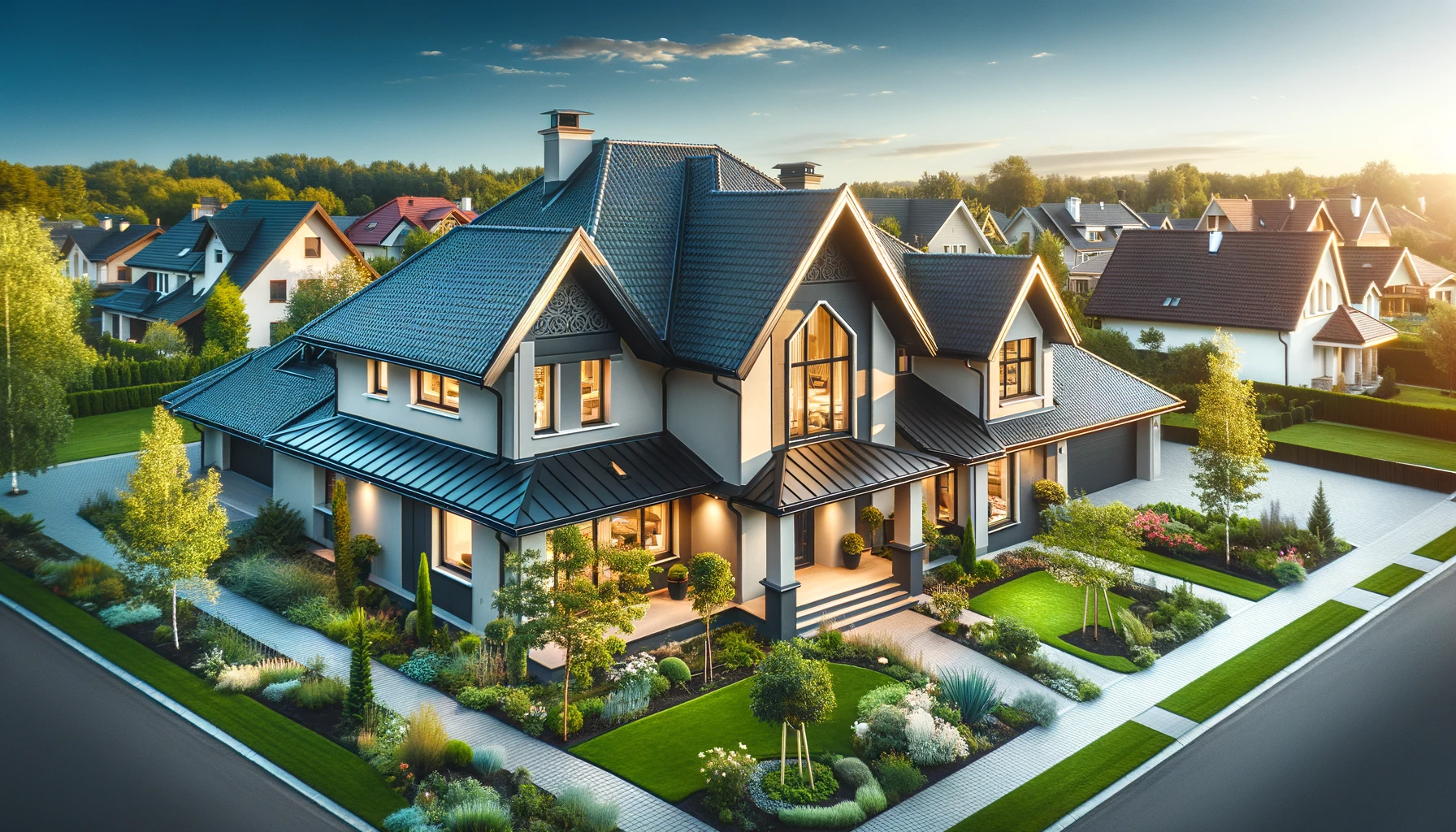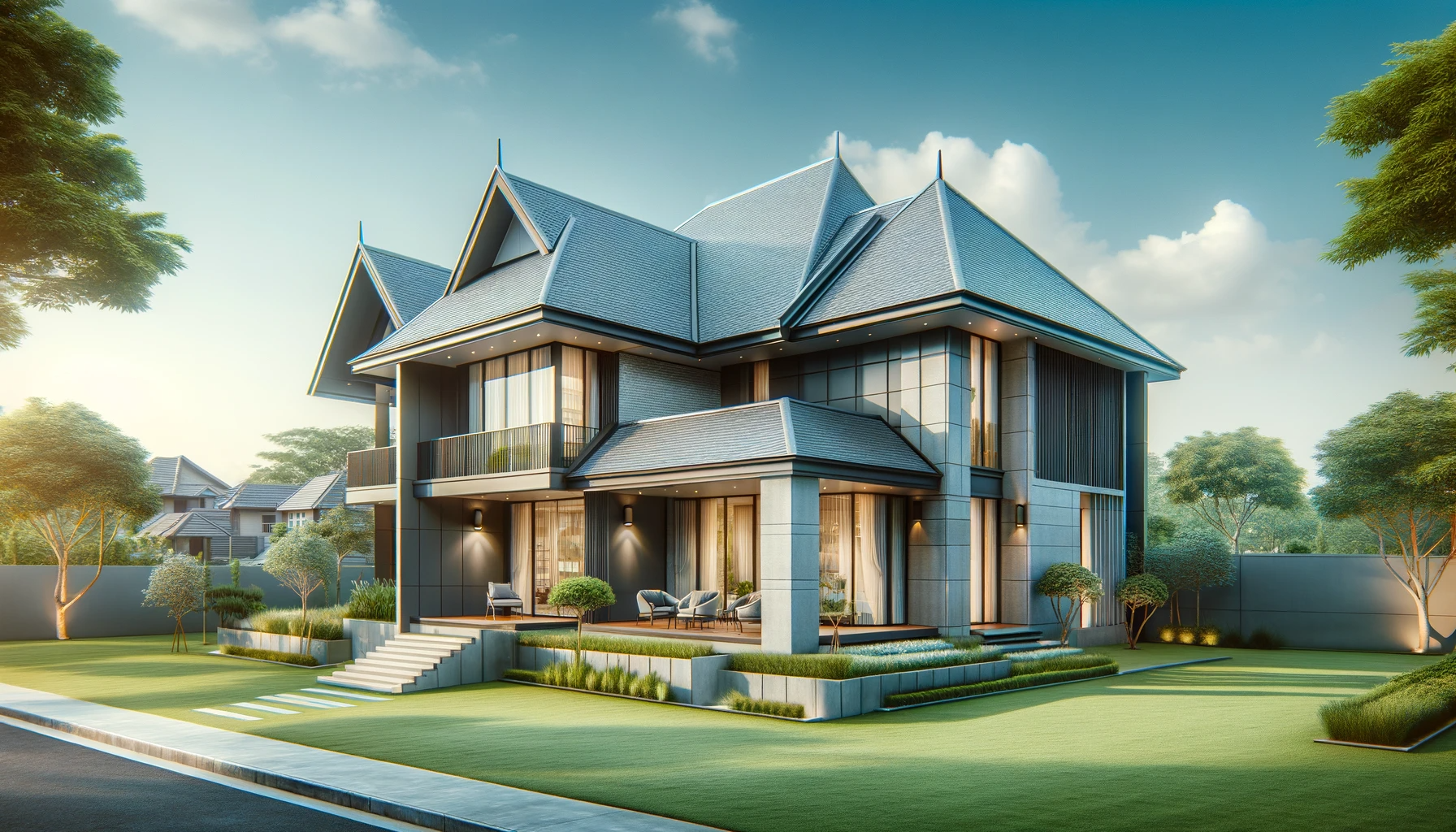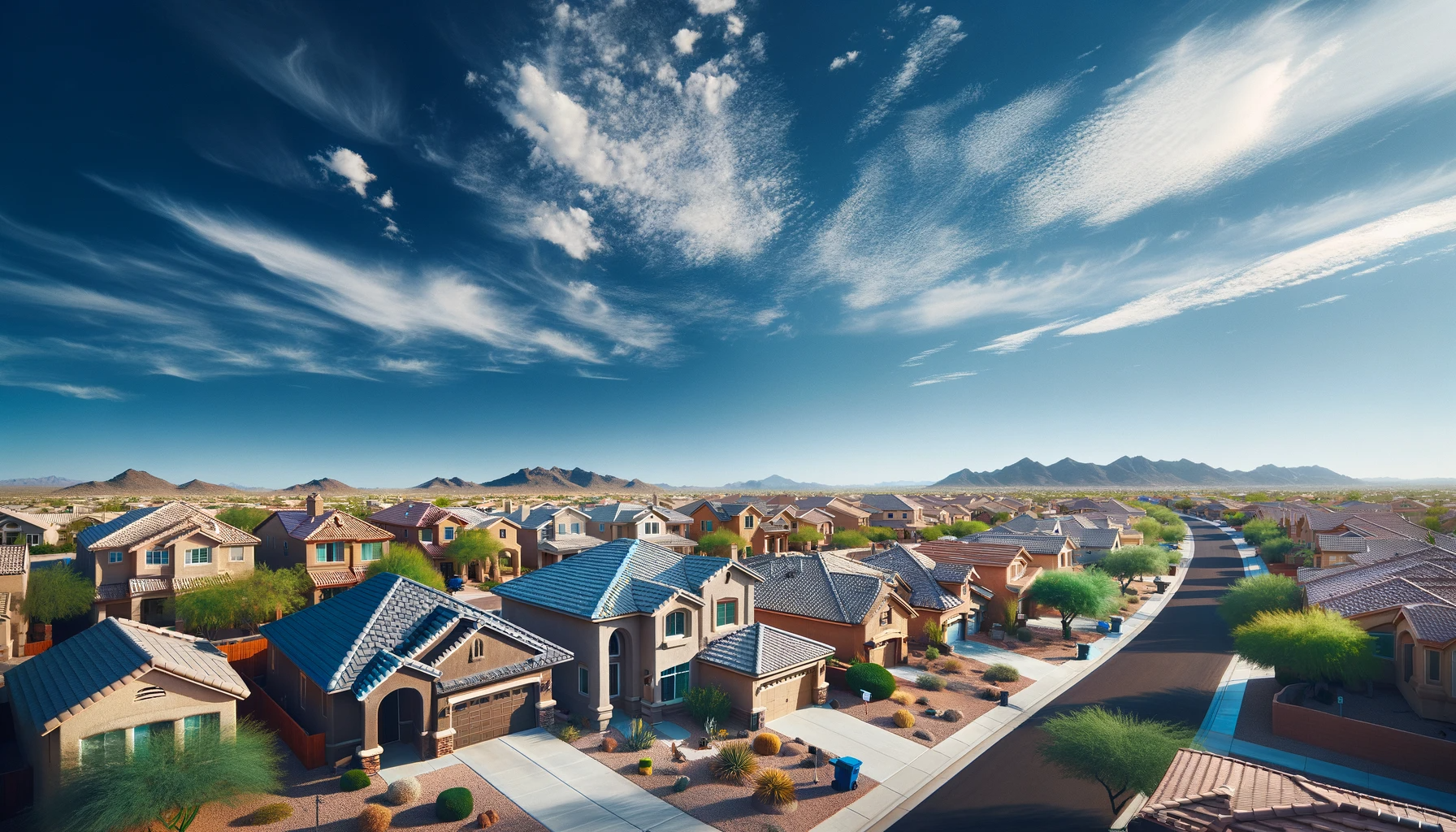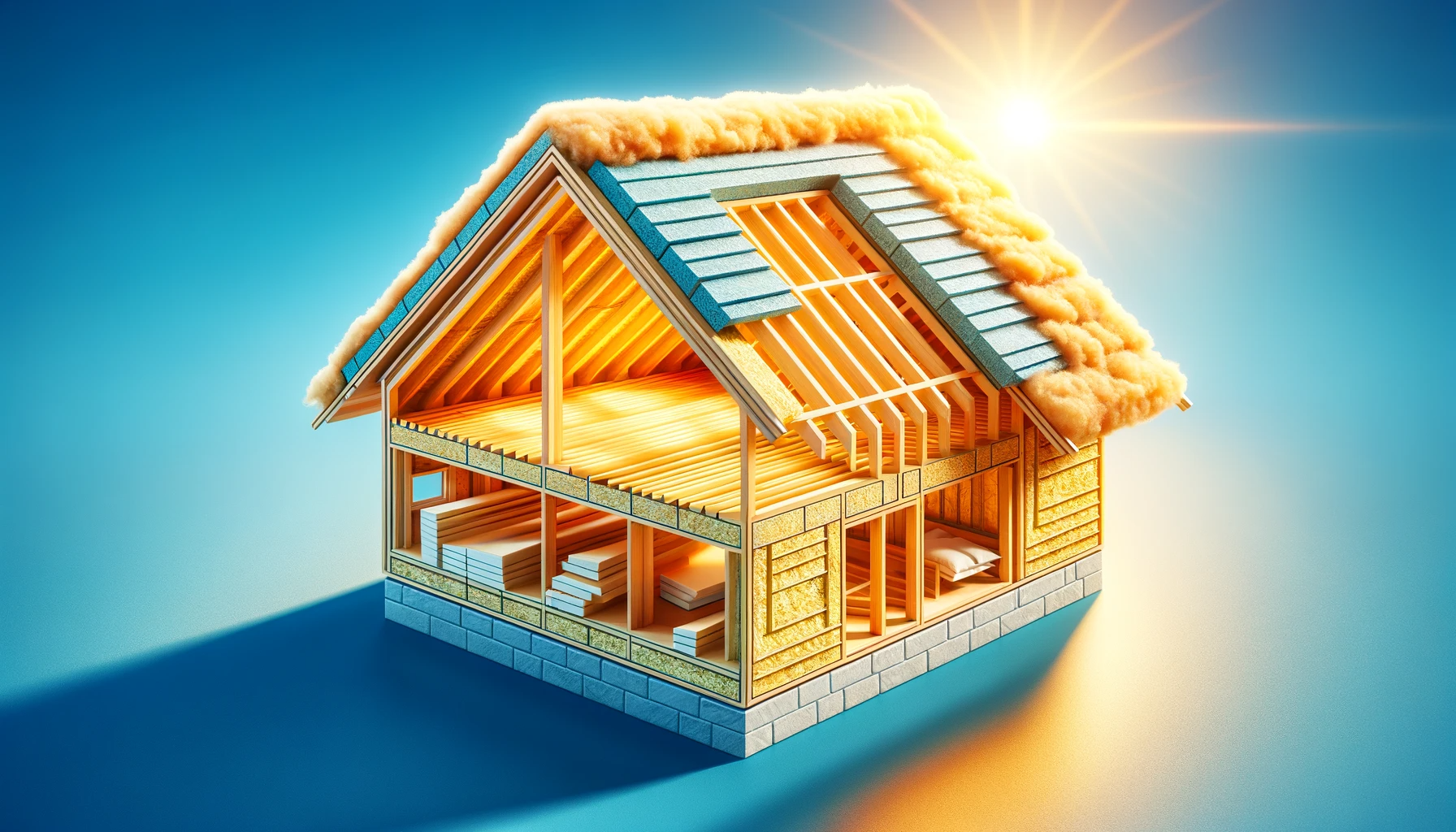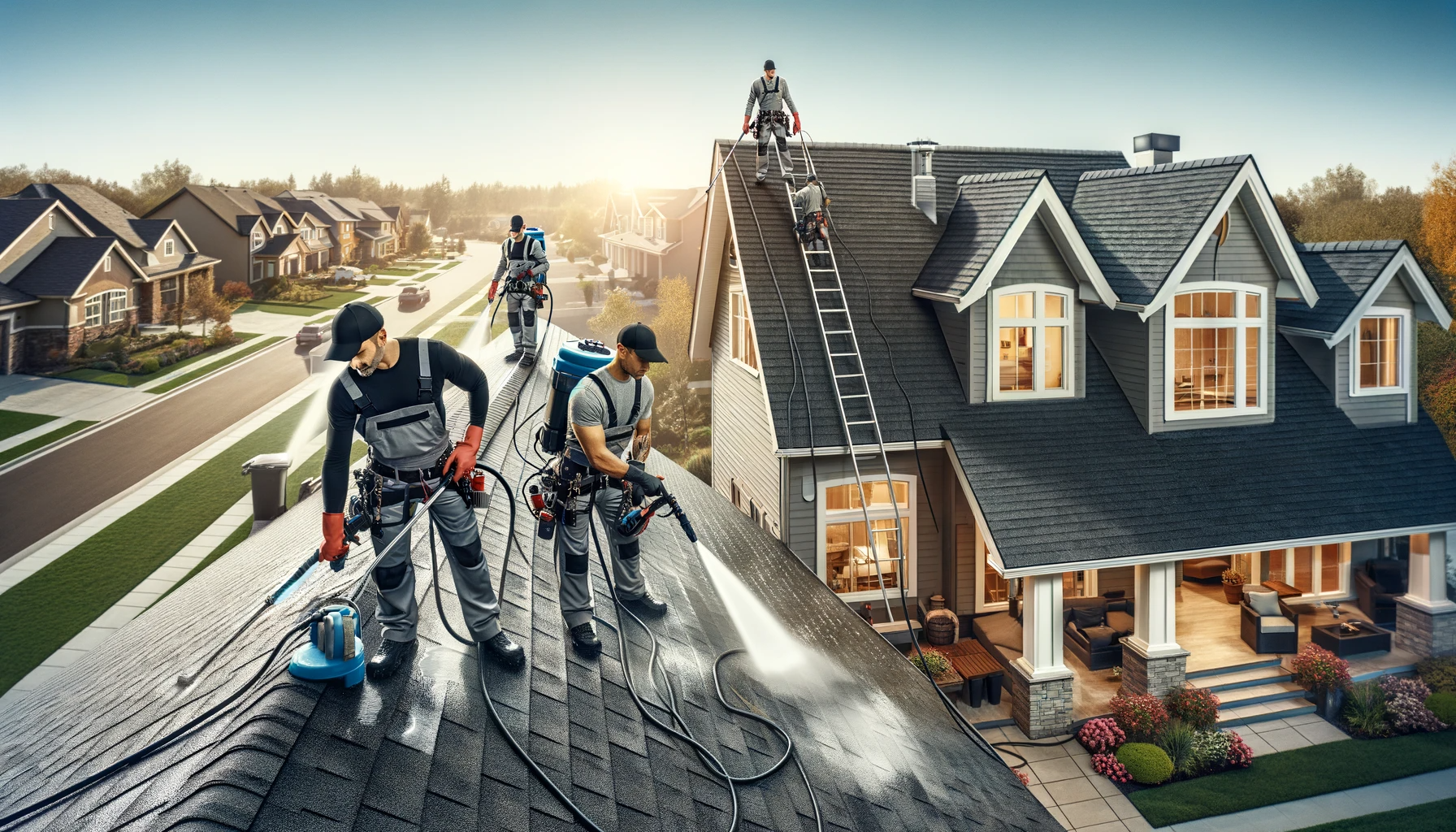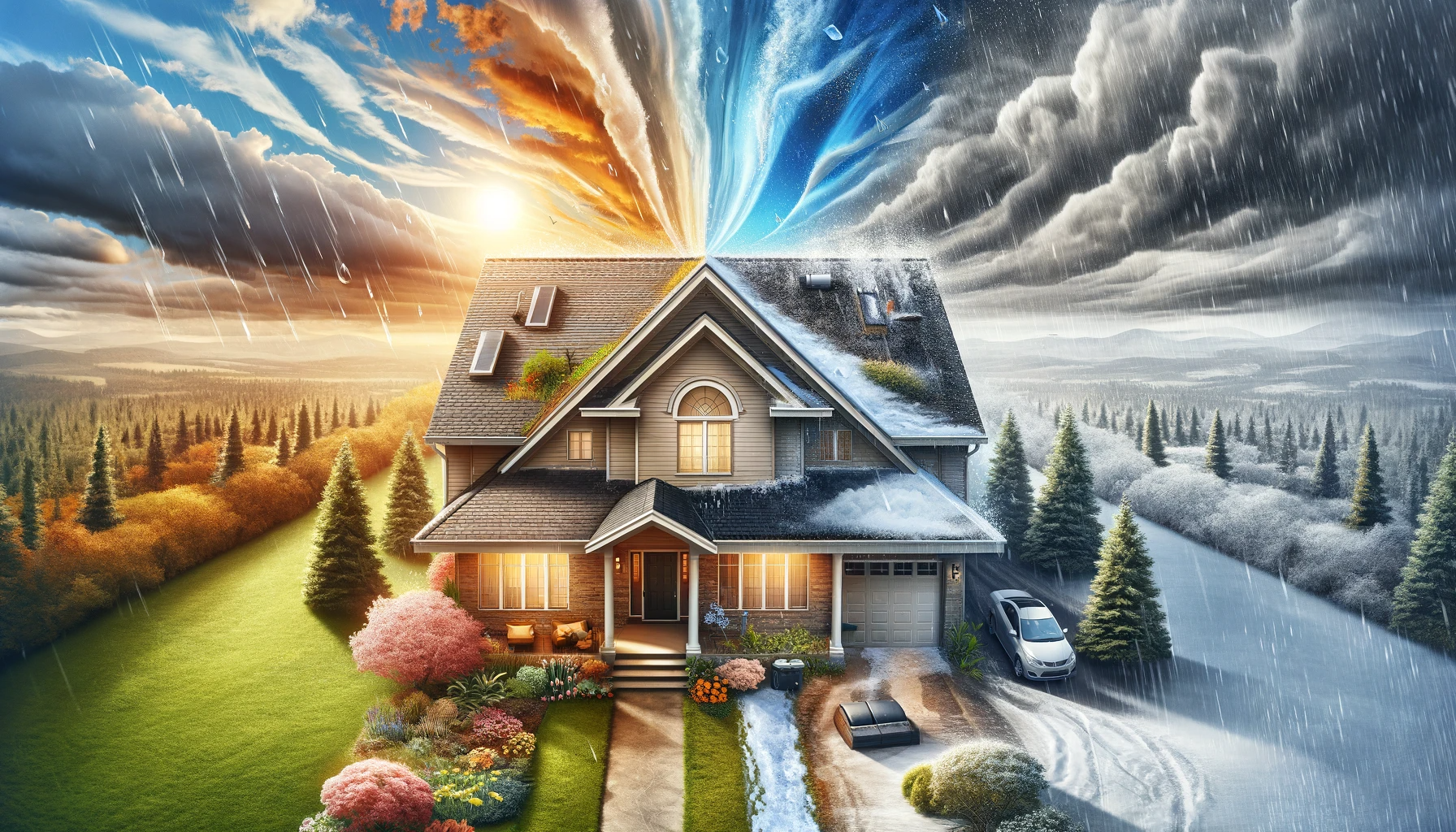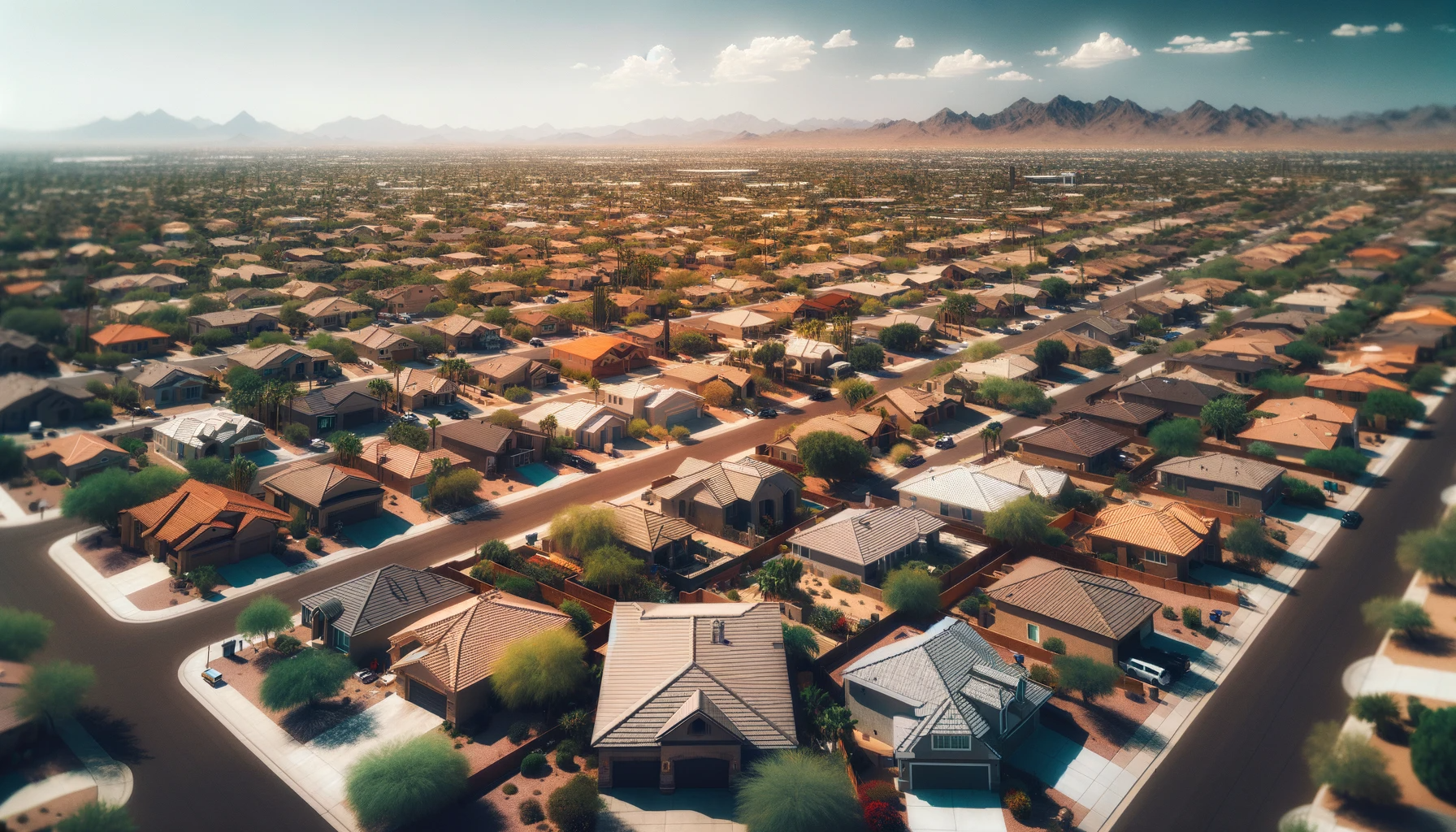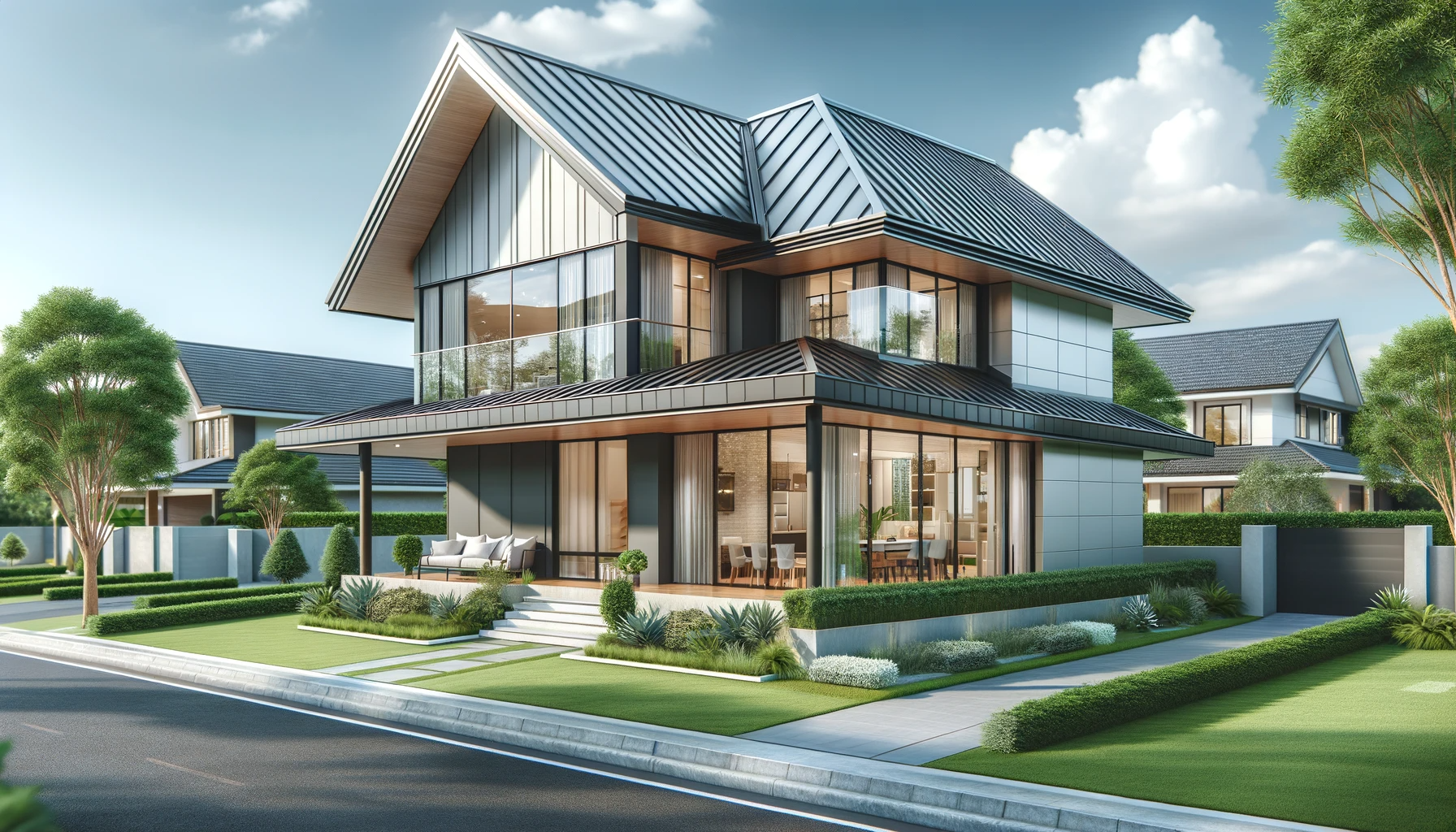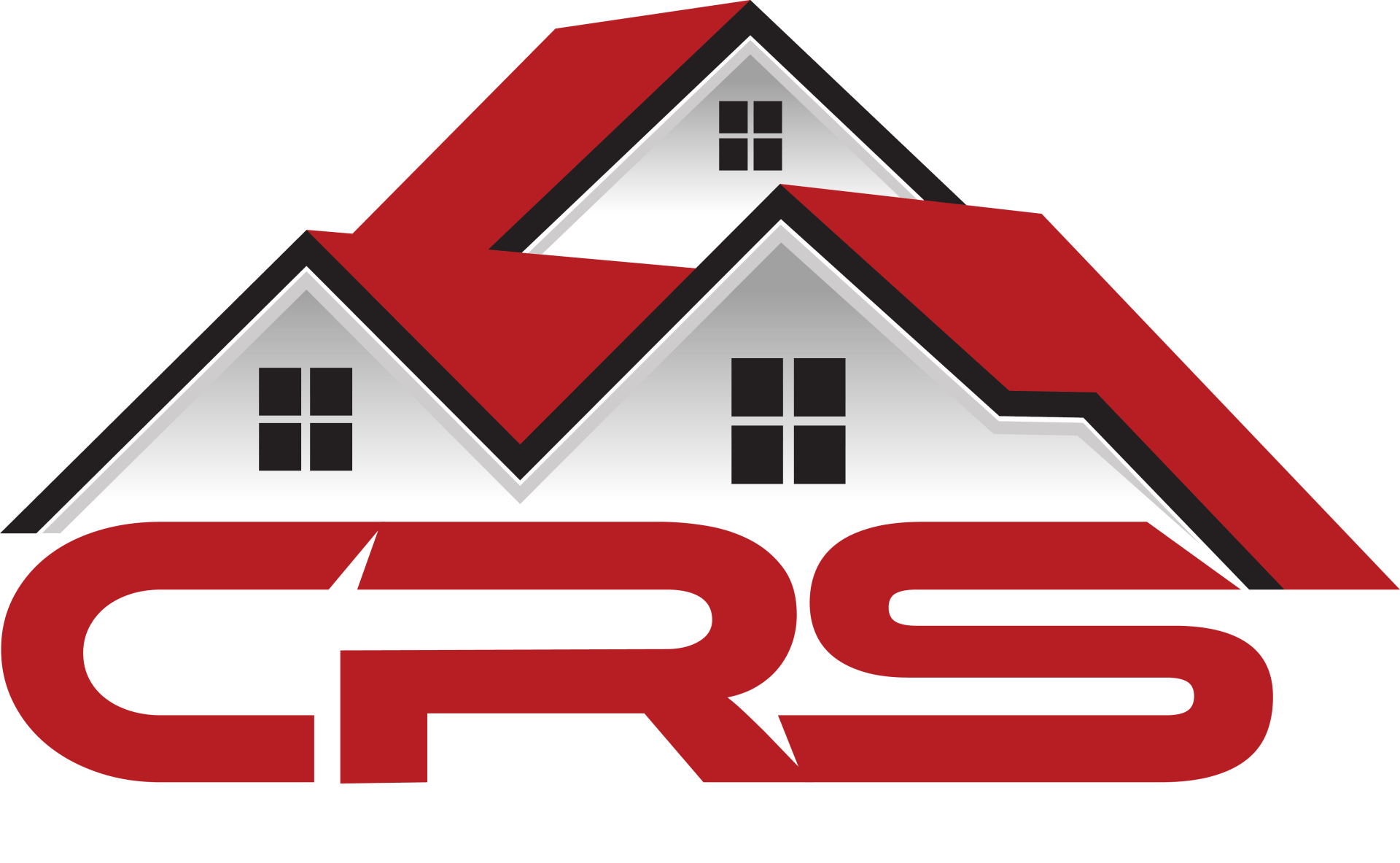Flat Roofs 101: Best Practices for Maintenance in Arizona

Flat roofs are a common sight in Arizona, particularly in urban areas like Phoenix and Tucson. Their unique design offers several advantages, but also requires specific maintenance practices to ensure longevity and performance, especially in Arizona's harsh climate. In this article, we'll delve into the best practices for maintaining flat roofs in Arizona, offering insights and tips for homeowners and property managers alike.
Understanding the Arizona Climate Impact on Flat Roofs
Arizona's climate is characterized by extreme heat, intense sun exposure, and occasional heavy rains during the monsoon season. These conditions can be challenging for any roof, but flat roofs are particularly susceptible to issues like thermal expansion, UV damage, and water pooling. Therefore, understanding the impact of these environmental factors is crucial in maintaining the integrity of a flat roof.
Regular Inspection is Key
The first step in proper flat roof maintenance is regular inspection. It's recommended to have a professional roofing contractor inspect your flat roof at least twice a year. These inspections should be more frequent if your area has experienced severe weather conditions. During the inspection, the contractor will check for cracks, blisters, signs of water pooling, and any debris that may have accumulated on the roof.
Dealing with Water Pooling
One of the most common problems with flat roofs is water pooling. Even a slight dip or sag in the roof can allow water to accumulate, leading to leaks and structural damage over time. Regular inspections can help identify these issues early on. If pooling is noticed, it's essential to address it promptly by correcting the slope or improving drainage.
Maintaining the Roof Coating
Flat roofs typically have a protective coating that shields them from UV rays and heat. Over time, this coating can deteriorate. To extend the life of your flat roof, it’s important to maintain this coating. This might involve reapplying the coating every few years, depending on the specific material and the severity of the local climate.
Cleaning and Debris Removal
Keeping your flat roof clean is more than just an aesthetic concern. Leaves, branches, and other debris can clog drains and lead to water pooling. In Arizona's desert environment, it's also common for dust and sand to accumulate on roofs. Regular cleaning, especially after storms or windy conditions, can prevent these issues.
Addressing Thermal Expansion
Thermal expansion is a significant concern for flat roofs in Arizona due to the extreme temperature fluctuations. Materials expand in the heat and contract in the cold, which can cause cracking and splitting over time. When installing or maintaining a flat roof, it’s important to choose materials and designs that can accommodate these movements.
Sealant and Flashing Maintenance
The sealant and flashing on a flat roof are critical for preventing leaks. Over time, these can become loose or damaged, especially under the Arizona sun. During your regular roof inspections, ensure that the sealant is intact and the flashing is securely in place.
Professional Maintenance and Repairs
While some aspects of flat roof maintenance can be handled by a diligent property owner, many tasks require the expertise of a professional. This is particularly true for any repairs. Working on a flat roof can be dangerous, and improper repairs can lead to more significant problems in the future.
Preparing for Monsoon Season
Arizona's monsoon season can bring intense rainstorms that test the integrity of any roof. Ahead of this season, ensure that your flat roof is in top condition. This includes checking the drainage system, ensuring that there are no potential leak points, and that the roof structure is sound.
Energy Efficiency Considerations
Flat roofs in Arizona offer an excellent opportunity for energy efficiency improvements. Reflective coatings and materials can significantly reduce heat absorption, lowering cooling costs. During maintenance, consider options to enhance the energy efficiency of your flat roof.
Long-term Planning
Finally, good flat roof maintenance includes long-term planning. Be aware of the expected lifespan of your roof and start planning for its replacement well in advance. This foresight can help you budget accordingly and avoid the stress of an unexpected roofing emergency.
Conclusion
Maintaining a flat roof in Arizona requires a proactive approach, considering the unique challenges of the local climate. Regular inspections, proper maintenance, and working with professional roofing contractors are key to ensuring the longevity and performance of your flat roof. By following these best practices, you can protect your investment and keep your roof in excellent condition for years to come.
